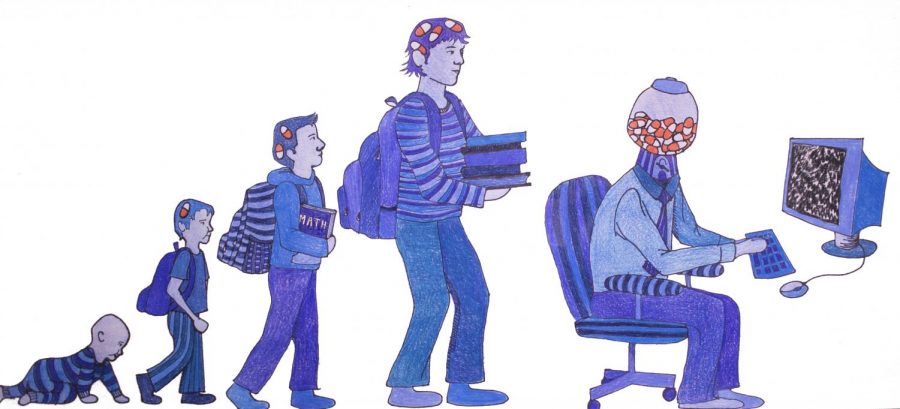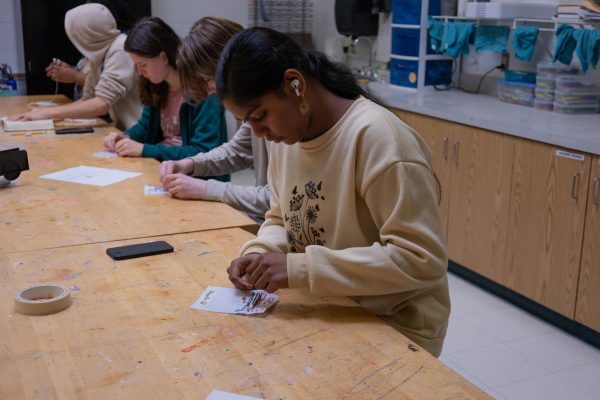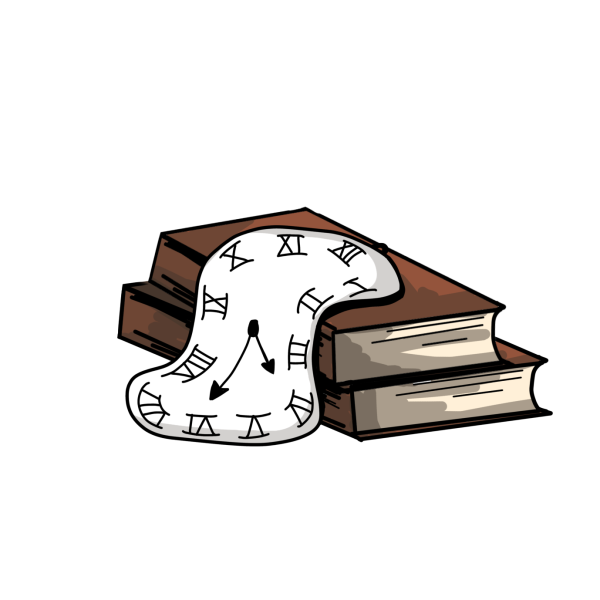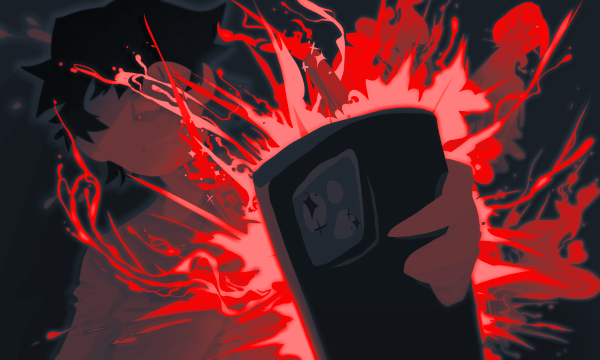Gumball Machines and Growing Seeds
Society is over medicating ADHD, killing creativity and individuality.
From the time they can crawl to becoming grown adults, children with ADHD have to endure addiction to a medication. This is not a normal physical addiction; it is an emotional and social addiction. They are hooked on society’s approval, so day after day, their addiction grows stronger.
He was seven. The just learning cursive, starting chapter books, still-into-Power-Rangers-and-wearing-mismatched-socks kind of seven. The second grade, still a kid who thought it was cool to climb to the top of the dome at recess, kind of seven. But something changed. No longer was he the little kid he was supposed to be; now he had to sit down and concentrate. Focus.
“Take your focus pill,” I heard my parents say every day to him before school as he sat and ate breakfast beside me. Every day from then to now. He’s 16 now. If you do the math that’s roughly 1,620 days; 1,620 pills that his body has had to process.
Growing up, I didn’t quite grasp the severity and the stigma that comes with kids who are diagnosed with ADD or ADHD (Attention Deficit/Hyperactivity Disorder) in the educational world. My parents just told me that he was going to be fine. He just needed a little extra help to do well in school and taking his “focus pills” was going to help. If anything, I thought it was kind of cool. Buddy, my brother, had something that made him special, but as I got older and older, the less and less special he became.
Since my brother was first diagnosed, the classification for his diagnosis has changed. Instead of the dilemma being ADD vs. ADHD, both are now considered to be ADHD and fall into three subtypes under ADHD. These categories are: primarily inattentive, primarily hyperactive-inattentive, or combined. According to “ADD vs. ADHD: What’s the Difference in Symptoms?”, an article written by an ADHD Editorial Board and medically reviewed, roughly 11 percent of children and teens in the United States have been diagnosed with ADHD.
The average age of onset and diagnosis is five to seven years old, leaving me to wonder if diagnosing and medicating at such a young age is what is best for a child’s development. Instead of medicating, we need to teach; teach control, teach restraint, teach creativity, and teach expression. Not all cases need to be solved through the suppression and standardization that prescribed medication causes.
White walls, white tiles, a white bench and chairs. Decals from the Disney movie “Cars” are the only decorations the pediatric room holds. My brother perched on the bench, tapping his dangling feet together over and over again. I watch as my parents converse back and forth with the doctor, looking concerned and solemn. I hear phrases like “10 mg,” “No, 15 mg.” “He hasn’t been eating,” and “That’s a common side effect,” getting thrown around back and forth. And then there’s him. Completely oblivious to the conversation happening around him and too busy focusing on mouthing the words to a made up song while inspecting all of his favorite “Cars” characters adorning the walls. So innocent; so unapologetically himself.
The years go on; nine of them to be exact. Now the dosage is 25 mg, and it has increased four times since his first prescription. He becomes increasingly dependent on his “focus pills” for everything it seems. From school work, to out of school activities, even on weekends to get chores done. Meanwhile every time he puts that orange and white “remedy” in his mouth, his gumball machine brain receives another deposit. I still see my brother, but inside he’s not the same. Yes, he is still goofy and silly and animated like always; but not in the way that I know him when he is explicitly stripped down to just himself. I wish the world could see that side of him.
So when does the medicating stop? In college, once he gets a good and stable job? When he has his own family? When he’s 80? Meanwhile more and more orange and white fills his head to the brim, concealing more and more of what was once there. When he speaks, a gumball is dispensed to those listening and they eat up his words, not knowing that they are not completely and utterly his own. Society has become addicted to this sweet seduction, and when the flavor starts to get bland, no need to fear! Just give the machine another quarter and more candied goodness will appear.
Do not think I am saying ADHD is not a real diagnosis and a real problem; believe me, I know it is. But how, as a society, can we live with ourselves when we are forcing children to change how their brain works to cater to how the world is run. We are taking away something special from children and teens with ADHD when we medicate them. We are putting them down and leading them to believe that they cannot function without their medication — that their value and productivity is measured in a pill, rather than letting them come as they are, bringing what they have to the table.
Educational advisor Sir Ken Robinson is a strong proponent of the idea that ADHD is a fictitious epidemic in today’s society. He argues in the highly stimulating world that children and teens live in today, it is no wonder why the cases of ADHD are on a record high. Yet, educational systems are surprised when kids can’t sit still long enough to listen to a lecture as they can while playing a video game.
“If you sit kids down, hour after hour, doing low-grade work, don’t be surprised if they start to fidget,” Robinson said.
The bottomline is medication is not the only answer to kids fidgeting and not being able to sit still and focus. If we took time to sit kids down and teach them control while still maintaining their unique minds, then the work and effort that goes into this endeavor will be far worth the reward. By planting this seed when kids are young, we give them a chance to grow on their own and become their own person.
So, stop spitting gum out and replacing it at the first sign of blandness. Stop inserting the quarter and waiting for the cheap gumball to dispense. Instead wait. Plant the seed. Water it, take care of it and watch it grow. Taller and taller and taller; greener and greener and greener. Watch it bear beautiful blue fruit and eat that. That naturally sweet all on its own piece of fruit will be far more satisfying.
Your donation will support the student journalists of Francis Howell Central High School. Your contribution will allow us to purchase equipment and cover our annual website hosting costs. FHCToday.com and our subsequent publications are dedicated to the students by the students. We hope you consider donating to allow us to continue our mission of a connected and well-informed student body.












